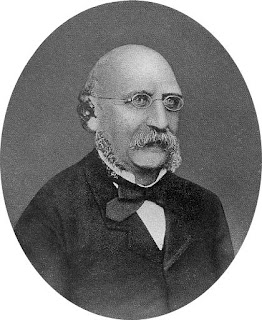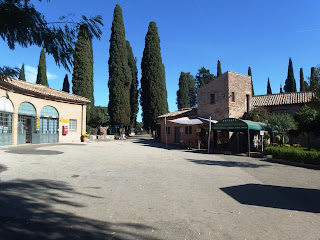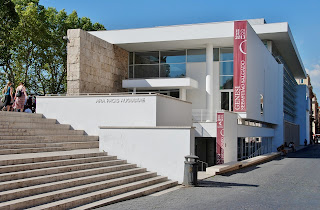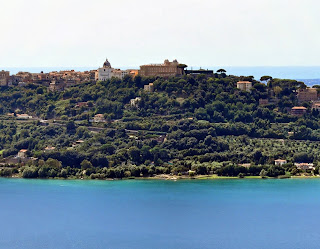Day of remembrance for the Pope who chose the date for Christmas
 |
| Pope Julius I chose 25 December as a celebration of the birth of Christ |
Julius I is remembered for setting 25 December as the official date of birth of Jesus Christ, starting the tradition of celebrating Christmas on that date.
He also asserted his authority against Arianism, a heretical cult that insisted Christ was human and not divine.
Julius was born in Rome but the exact date of his birth is not known. He became pope in 337 AD, four months after his predecessor, Pope Mark, had died.
In 339 Julius gave refuge in Rome to Bishop St Athanasius the Great of Alexandria, who had been deposed and expelled by the Arians.
At the Council of Rome in 340, Julius reaffirmed the position of Athanasius.
He then tried to unite the Western bishops against Arianism with the Council of Sardica in 342. The council acknowledged the Pope’s supreme authority, enhancing his power in ecclesiastical affairs by granting him the right to judge cases of legal possession of Episcopal sees.
 |
| Mosaic depicting Pope Julius I |
During the years of his papacy, Julius built several basilicas and churches in Rome.
Although the exact date of birth of Jesus has never been known, Julius decreed 25 December to be the official date for the celebration. This was near the Roman festival of Saturnalia, held in honour of the god Saturn from 17 to 23 December. Part of the reason he chose this date may have been because he wanted to create a Christian alternative to Saturnalia.
Another reason may have been that the emperor Aurelian had declared 25 December the birthday of Sol Invictus, the sun god and patron of Roman soldiers. Julius may have thought that he could attract more converts to Christianity by allowing them to continue to hold celebrations on the same day.
Julius died in Rome on 12 April 352 and was succeeded by Pope Liberius.
He was buried initially in the catacombs on the Aurelian Way but his body was later transported for burial to Santa Maria in Trastevere, one of the churches he had ordered to be completed during his papacy.
 |
| Inside one of the long passageways in the Catacomb of Callixtus on the Appian Way, where Julius I was first buried |
The Catacomb of Callixtus, where Pope Julius I was first buried, contained the crypts of the Popes buried between the 2nd and 4th centuries AD. They were named after Pope Callixtus I, who was himself entombed in them. The catacomb was vast, covering an area of 15 hectares and going down five levels, with some 20km (12 miles) of passageways. At one time, they contained the relics of some 1.5 million people. The crypts fell into decay over the years after the relics they contained were transferred to churches in Rome. At the time of writing, the catacombs are closed along with all visitor attractions because of the Covid-19 outbreak. In normal circumstances, they are open for visitors each day except Wednesdays. For more information, visit https://www.catacombe.roma.it
 |
| Santa Maria in Trastevere is one of the oldest churches in Rome |
Santa Maria in Trastevere, where Pope Julius I was finally buried, is in the Trastevere district of Rome and is one of the oldest churches in the city. It was built between 221 and 227 by Pope Callixtus I and was later completed by Pope Julius I. It is thought to be the first church in Rome dedicated to Mary, mother of Jesus, although the claim is disputed by some who believe that honour lies with the church of Santa Maria Maggiore. The church of Santa Maria in Trastevere, which was razed and re-erected by Pope Innocent II in 1140-43, is notable among other things for its 13th century mosaics by Pietro Cavallini and an octagonal ceiling painting, Assumption of the Virgin (1617) by Domenichino.
Also on this day:
1710: The birth of castrato opera singer Cafarelli
1948: The birth of World Cup-winning football coach Marcello Lippi
1950: The birth of entrepreneur Flavio Briatore
1992: The birth of child actor Giorgio Cantarini
Home





